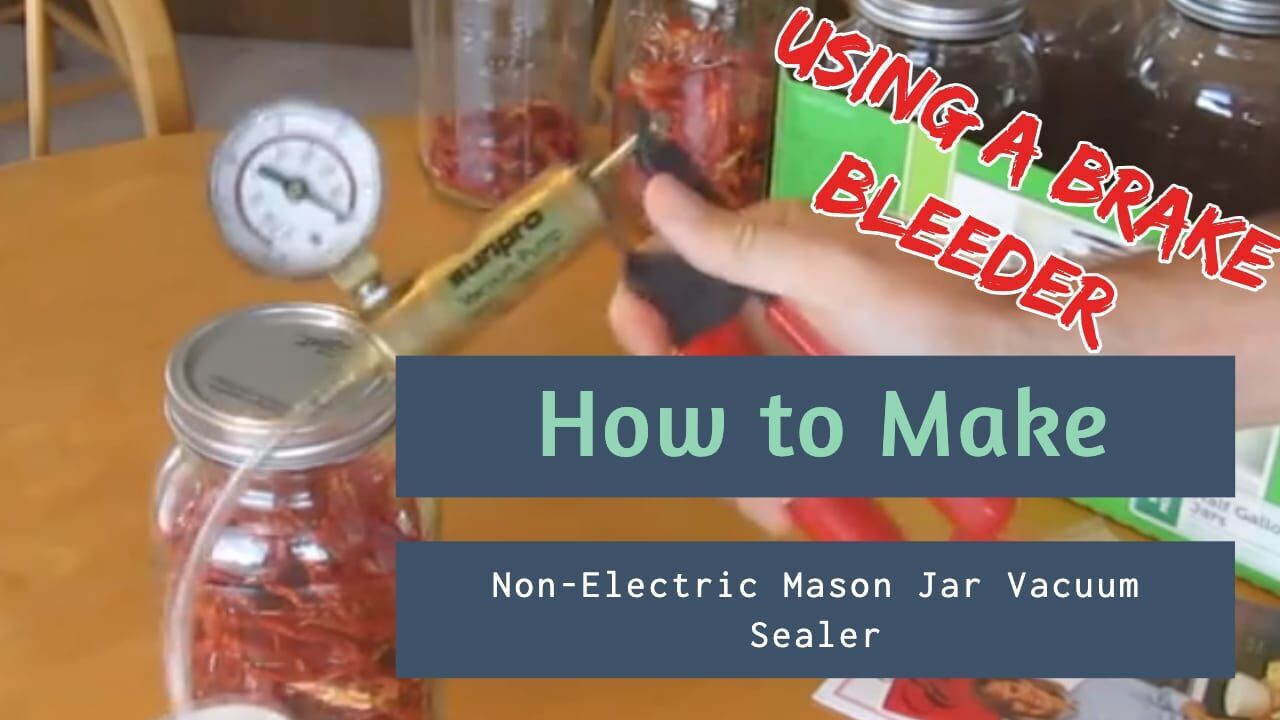This article shows how to build a computer with your kid using the Kano OS and a Raspberry Pi. The kit cost $70.00. However, if you have a USB wall charger and a HDMI cable you don’t need the kit. You can do the same basic thing for the cost of the chip alone […]
Category: How To (How I Did)
You could call this a How To – but people often tell me I did it wrong – now to be fair you can’t really tell me I can’t do it that way, when the video shows I actually DID do it that way – so to cool down the hateraide – lets just call this HOW I DID
How to Build Your Own Camping Van Like A Pro Camper?
It is very difficult for normal people to buy their own camping van because of its high price. To reduce cost you may try to build your own camping van. DIY is trickier but at the same time, it makes it more affordable. It is advisable for common people to choose the second option. i.e. […]
How to Make a DIY Fridge Mat
I am not messy, but I am a little clumsy. My wife is always getting on to me about spilling things. When I saw this DIY Fridge Mat Pinterest, I jumped at the chance to show the wife some projects of mine can make HER life easier also. It is all well and good to be […]
How to Make a Mason Jar Vacuum Sealer | Brake Bleeder Vacuum Sealer
This isn't really new, nor is it my idea, but its something I learned from instructables.com. This is called an "Alvin" vacuum sealer, and what it does is allow you to use you vacuum food saver attachments to seal mason jars and without needing electric power. I like this alot, and I use it pretty regularly, as I hate getting out the food-saver, but I seal dried food in mason jars all the time.
How to Install an SD Card in a ESI HN03 Bullet Camera
In this video I show how to install an SD card in a ESI HN03 Bullet Camera. It is a poor design in which you must take a camera apart and add a mini SD card to make it record. You would think that a security camera would come ready to work. I had […]





